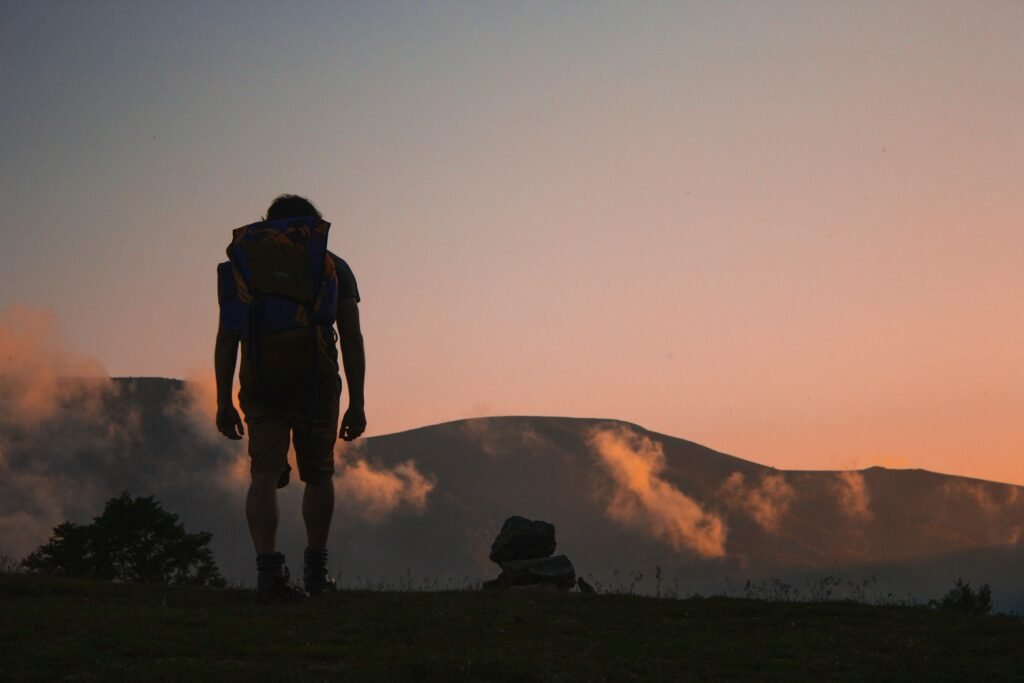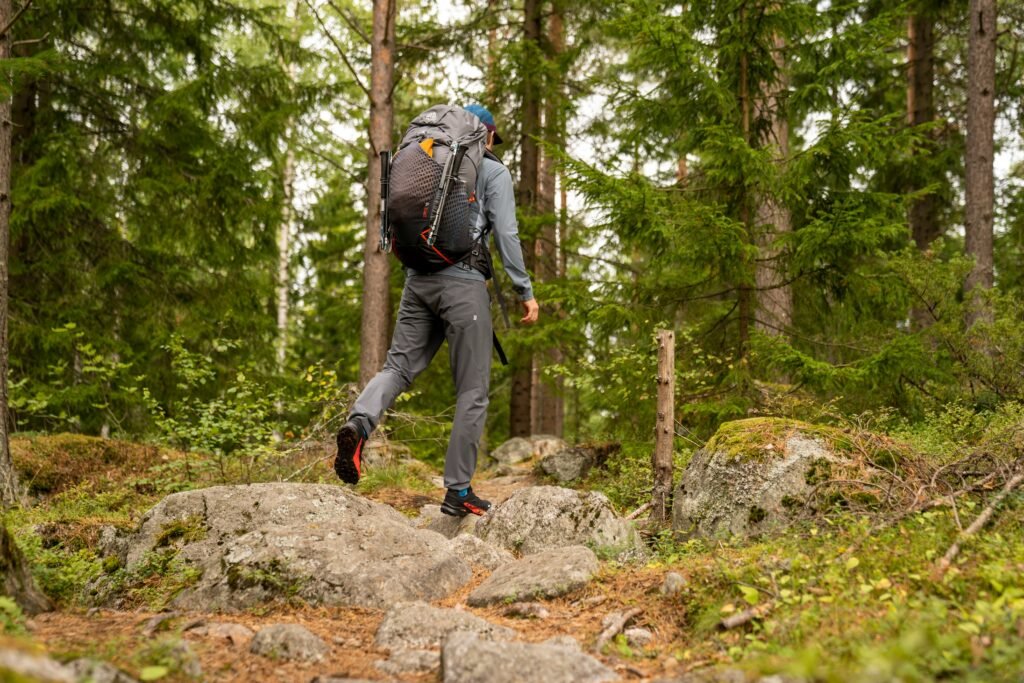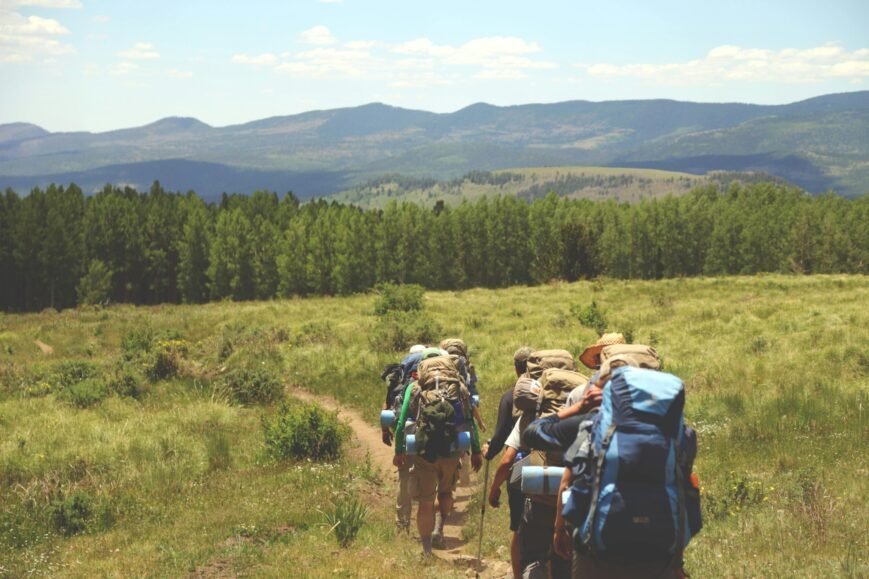For outdoor enthusiasts, few activities are as rewarding as hiking, trekking, and backpacking. While these terms are often used interchangeably, they denote different experiences, intensity levels, and preparations. Understanding the nuances can help you plan your next adventure with better clarity and expectation. Here’s a detailed exploration of these three popular outdoor pursuits.
Hiking: A Day’s Journey on Foot
Hiking is the most accessible of the three activities, often characterized by day walks on trails or within parks. It offers a wonderful opportunity to connect with nature, get some exercise, and enjoy the outdoors. The key features of hiking include:
- Duration: Hikes typically last anywhere from an hour to a full day, allowing you to tailor your experience to your schedule and preferences.
- Distance: Hiking trails can cover a few miles to more than ten miles in some cases, providing options for both leisurely strolls and more challenging treks.
- Terrain: Hiking trails are usually well-marked and maintained, varying from flat and even to hilly and rugged. This diversity allows hikers of all fitness levels to find suitable trails.
- Equipment: Gear requirements for hiking are minimal. A good pair of hiking shoes, water, snacks, and perhaps a map or GPS device are usually sufficient for a day hike.
- Preparation: Physical preparation for hiking is not as intense as for other activities. Anyone in reasonable shape can enjoy a day hike without extensive training.
Hiking is a fantastic way to get a taste of nature without committing to a long-term journey. It allows you to explore scenic trails, breathe in fresh air, and recharge your mind and body. Whether you’re a beginner or an experienced hiker, there’s always a trail waiting to be discovered.

Trekking: A Multi-Day Adventure
Trekking takes hiking up a notch, involving multi-day trips through more challenging environments. It offers a deeper immersion into nature and the opportunity to explore remote and breathtaking landscapes. Here’s what sets trekking apart:
- Duration: Trekking can last from a couple of days to several weeks, allowing you to embark on a more extended adventure and truly disconnect from the daily grind.
- Distance: Trekkers cover greater distances compared to hikers, often venturing into remote areas that are inaccessible by day hikes alone.
- Terrain: The terrain encountered during trekking is more varied and demanding. It can include mountain paths, dense forests, rugged terrain, and even vast deserts, providing a diverse range of experiences.
- Equipment: More gear is required for trekking to ensure comfort and safety during overnight stays. This includes a sturdy pair of boots, a backpack, a sleeping bag, food, water, and a tent.
- Preparation: Trekkers need to be physically fit and may need to train for the demanding nature of the trek. Building endurance, strength, and stamina is crucial to fully enjoy the experience.
Trekking is about immersing oneself in the environment and experiencing it over a longer period. It often involves camping out or staying in shelters along the trail, allowing trekkers to connect with nature on a deeper level and witness stunning sunrises and sunsets in remote locations.

Backpacking: The Essence of Self-Sufficiency
Backpacking is often seen as the most intense of the three pursuits, encapsulating elements of both hiking and trekking but with a distinct focus on self-sufficiency and exploration. It offers the opportunity to venture into the wilderness, off the beaten path, and experience the thrill of long-term exploration. Here’s what you need to know about backpacking:
- Duration: Like trekking, backpacking trips can last a few days to several months, providing the ultimate adventure for those seeking an extended escape from civilization.
- Distance: Backpackers have the freedom to cover vast distances, often not confined to a single trail or region. This allows for a more exploratory approach to outdoor adventures.
- Terrain: The terrain encountered during backpacking can be diverse and challenging. It may involve off-trail wilderness areas, rugged mountains, dense forests, and other remote landscapes.
- Equipment: Backpackers carry everything they need on their backs, embracing the concept of self-sufficiency. This includes food, water filtration systems, tents, clothing for various weather conditions, navigation tools, and camping equipment.
- Preparation: Significant physical and mental preparation is necessary for backpacking. It requires not only physical fitness but also skills in navigation, campcraft, and first aid. Being self-reliant and prepared for unexpected situations is crucial.
Backpacking offers a unique sense of freedom and adventure. It allows you to explore uncharted territories, discover hidden gems, and challenge your limits. The self-sufficiency aspect of backpacking adds an extra layer of excitement and accomplishment to the journey.

Let’s Sum It All Up
While hiking, trekking, and backpacking share the common thread of walking and enjoying the great outdoors, they differ mainly in scope, duration, and preparation required. Here’s a quick summary of each activity:
- Hiking is your go-to for short-term nature trips. It offers accessibility, flexibility, and the chance to enjoy the outdoors with minimal equipment and preparation.
- Trekking requires more commitment and is ideal for those looking to experience different cultures or remote landscapes over several days. It offers a deeper immersion into nature and the opportunity to challenge yourself physically and mentally.
- Backpacking is for the adventure-seeker who wants a deep dive into wilderness self-reliance and long-term exploration. It provides the freedom to venture off the beaten path, cover vast distances, and experience the thrill of carrying everything you need on your back.
Whatever your choice, each activity offers its own unique set of rewards and challenges, promising unforgettable experiences amid the beauty of the natural world. So, lace up your boots, pack your essentials, and set off on the adventure that calls to you. Whether you’re an afternoon hiker, a cultural trekker, or a backcountry backpacker, there’s a trail out there waiting for you.

Frequently Asked Questions
What should I wear for hiking, trekking, or backpacking?
When it comes to outdoor activities, it’s important to dress appropriately. Opt for moisture-wicking and breathable clothing, sturdy hiking boots, and layers to adapt to changing weather conditions. Don’t forget to bring a hat, sunglasses, and sunscreen for sun protection.
How do I choose the right trail or route for my adventure?
Choosing the right trail or route depends on your fitness level, experience, and preferences. Research different options, consider the difficulty level, distance, and scenery, and read reviews or seek advice from experienced hikers or backpackers. It’s also essential to check for any permits or restrictions in the area you plan to explore.
What safety precautions should I take during these activities?
Safety should always be a priority when engaging in outdoor activities. Make sure to inform someone about your plans, carry a map and compass or GPS device, stay hydrated, pack enough food, and be aware of any potential hazards or wildlife in the area. It’s also advisable to learn basic first aid skills and carry a first aid kit.
Can I go hiking, trekking, or backpacking alone?
While it’s generally recommended to go with a partner or a group for safety reasons, experienced outdoor enthusiasts may choose to go solo. If you decide to venture out alone, make sure you have the necessary skills, knowledge, and equipment to handle any situation that may arise. Always inform someone about your plans and check in regularly if possible.
How can I minimize my impact on the environment during these activities?
Responsible outdoor practices are crucial to preserve the natural beauty of our surroundings. Follow Leave No Trace principles, such as packing out your trash, staying on designated trails, respecting wildlife and vegetation, and minimizing campfire impact. Be mindful of the environment and leave it as you found it for future generations to enjoy.
Remember, the key to a successful outdoor adventure is proper planning, preparation, and a sense of adventure. So, get out there and explore the wonders of hiking, trekking, or backpacking. The great outdoors awaits!
![]()

